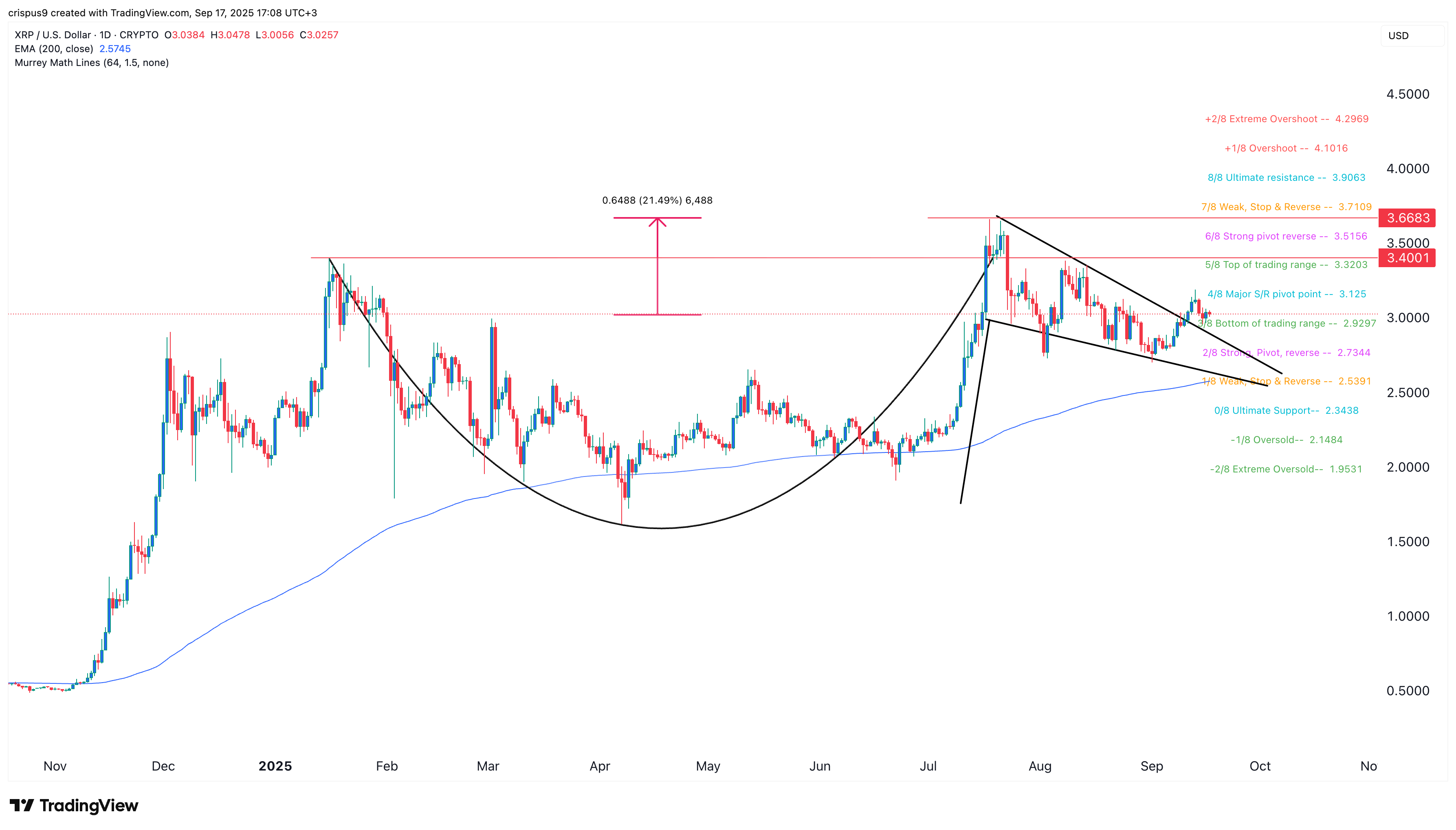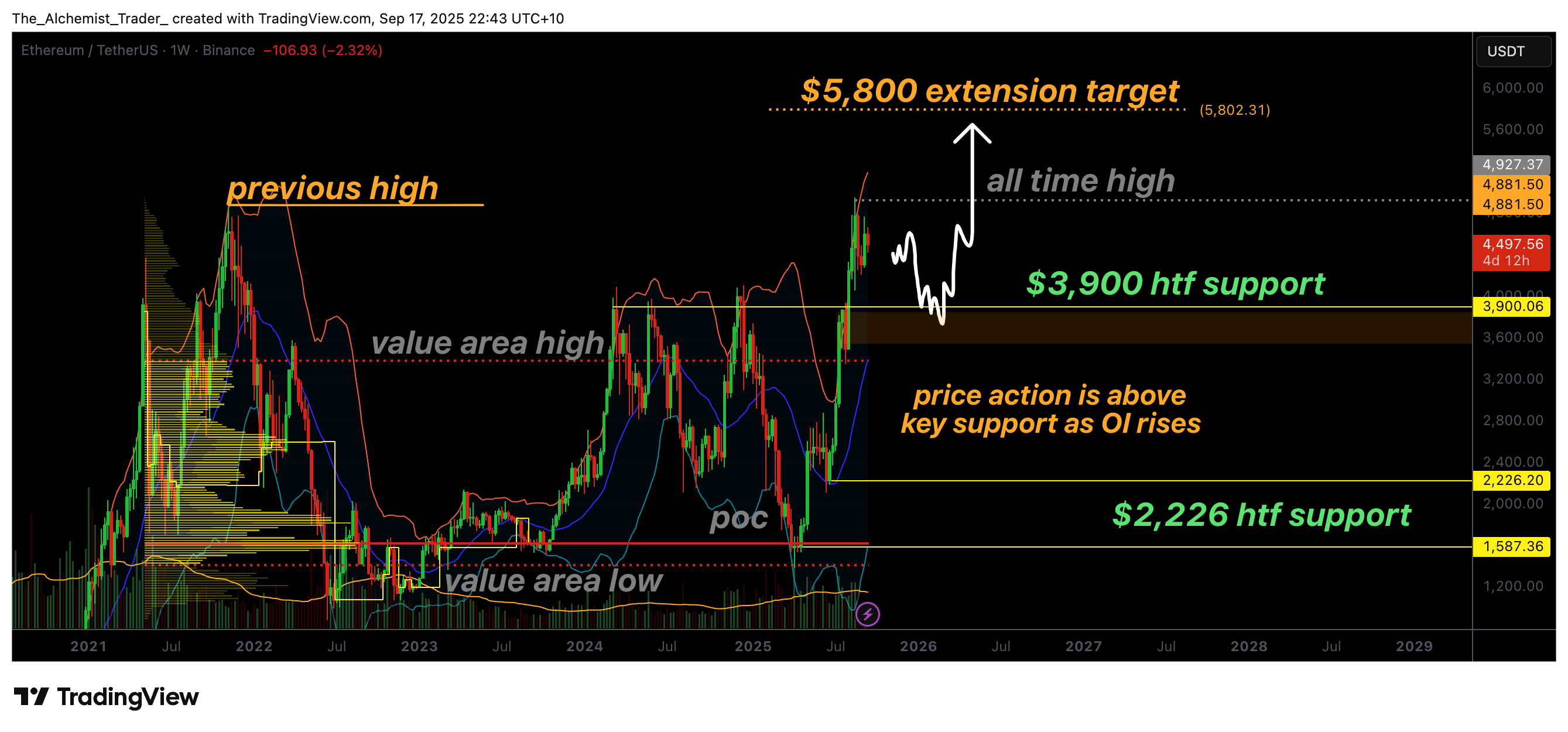Storage, not silicon, will trigger AI’s next breakthrough
Disclosure: The views and opinions expressed here belong solely to the author and do not represent the views and opinions of crypto.news’ editorial.
The debate over graphics processing horsepower is old news. Those who succeed in the future will be those who master where data resides. As global data creation continues to explode, lagging firms will be left locked out of the next stage of innovation.
Summary
- Data volumes are exploding, with global creation projected to surpass 200 zettabytes by end-2025, more than all prior human output combined.
- Centralized cloud storage is the AI bottleneck, inflating costs by up to 80% with egress fees and slowing large-scale data transfers to days.
- Decentralized storage networks offer a fix, sharding data across independent nodes and embedding cryptographic proofs for compliance-ready audit trails.
- Regulation like the EU AI Act raises the stakes, forcing provable data provenance—making storage a strategic priority, not a background utility.
Data creation is projected to crest 200 zettabytes worldwide by the end of 2025; that’s enough to stream every film ever made more than 100 billion times. This estimate involves more digital matter than humankind has generated in every prior year combined.
In tandem with this surge, research teams have revealed the first publicly released trillion-parameter language model. This behemoth model, whose training corpus alone would have filled entire national archives ten years ago, is an example of such a Leviathan that consumes petabytes an hour.
Without storage pipelines that can ingest, stage, and stream data at these newfound scales, even the fastest processors will suffer in idle frustration.
Centralized clouds are the new bottleneck
Most organizations still rely on a handful of hyperscale storage silos engineered for web apps, not frontier science. The financial drag is brutal.
An industry audit published in April revealed that hidden egress and retrieval charges can increase real storage costs by up to 80%, rendering routine model retraining a budget-breaking endeavor. Worse, moving tens of petabytes across regions can take days; an eternity when competitive advantage is measured in iteration cycles.
Centralization, therefore, does more than inflate invoices; it embeds inequality directly into the artificial intelligence economy, giving incumbents with deeper pockets an automatic edge over all others. In response to this reality, a different blueprint is gaining momentum as decentralized storage networks that shard data across thousands of independent nodes pave the way for a future built on equal footing.
Equally vital is the need for transparent audit trails that satisfy looming disclosure mandates on how trading data is sourced, curated, and governed. Ultimately, regulation will be the deciding factor in whether tomorrow’s models see the light of day or face litigation.
Storage’s new stress test
Real-time AI now extends far beyond the data center wall, pushing models to factory floors, hospitals, and autonomous vehicles. At these edges, a millisecond lost to sluggish I/O can trigger a production fault or a safety risk.
The latest MLPerf Storage v2.0 benchmarks prove the strain: checkpointing a GPT-class workload across 10,000 accelerators now takes 37 seconds, and even a 100,000-GPU supercluster still stalls for 4.4 seconds while waiting on disks rather than performing mathematical operations.
Unless pipelines can deliver petabytes in bursts and then replicate the same data to thousands of micro-sites, ‘edge-AI’ will remain more keynote than reality. Analysts are already echoing the warning that storage throughput, not memory or networking, will be the number one bottleneck throttling next-gen clusters.
Regulation adds another layer of urgency, such as the European Union’s AI Act, which entered its second enforcement wave on August 2 — forcing general-purpose model providers to document every shard of training data…or risk fines of up to 7% of global turnover.
Centralized silos struggle to satisfy this mandate. Duplicative copies blur provenance, and opaque egress logs make audit trails a nightmare for accountants. By contrast, decentralized networks embed cryptographic proofs of replication into their very fabric, turning compliance into a byproduct rather than an expensive add-on.
Ignore storage at the cost of peril
With edge latency measured in microseconds and legal penalties measured in billions, storage is no longer a background utility; it is the only substrate on which tomorrow’s AI can legally and physically run. Firms that still treat capacity as a commodity line item are courting technical debt and regulatory shock in equal measure.
Compute innovation will continue to steal headlines, but without an equally radical rethink of where (and how) data resides, the most advanced silicon will sit idle as costs and compliance risks spiral.
The race for AI dominance is on, and it will be won by those who elevate storage to a first-class strategic priority, embrace decentralization, and build audit-ready pipelines that scale from core to edge. Everyone else will discover that no amount of GPU power can outrun a bottleneck built into the very foundations of their stack.





